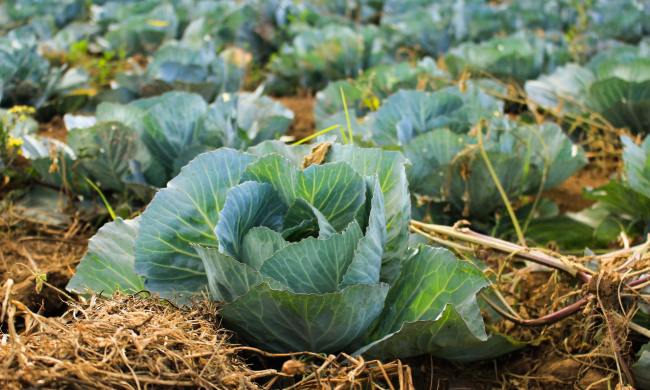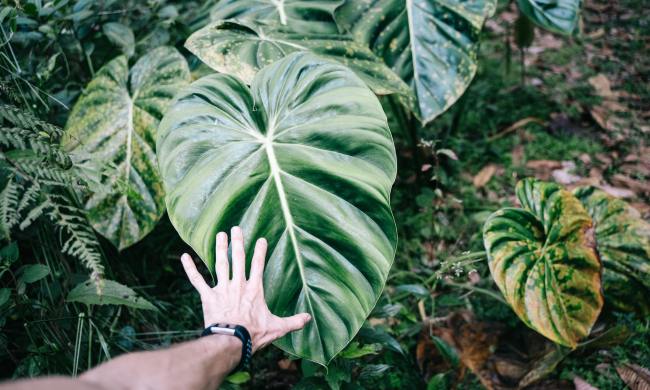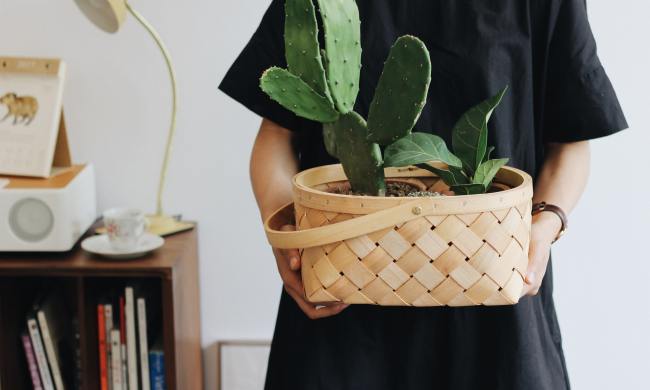Growing your own food can take a lot of time, money, and effort. However, this doesn’t always have to be the case with the right gardening strategies. If you’re an organic gardening novice who wants to learn inexpensive and sustainable techniques, check out Patrick Dolan’s One Yard Revolution YouTube channel. Established in 2013, the One Yard Revolution (OYR) channel is all about gardening strategies that are efficient, sustainable, and frugal. Watching Dolan’s YouTube plant tutorials, you’ll discover that these three things aren’t mutually exclusive. Dolan, who’s based in Climate Zone 5 in Chicago, strays away from gimmicks and goes straight to the point with proven gardening strategies. His videos are pretty straightforward and to-the-point, usually running between five to 10 minutes each. (We get the occasional cameo from his cat as well!)
Dolan hasn’t posted content in a while, but his videos are evergreen in nature and helpful year-round. Throughout its run on YouTube, One Yard Revolution has been an invaluable resource for gardeners of all levels and a great starting point for beginners. If you’re wondering where to start with his vast video library, here are three of the best lessons that Dolan has imparted over the years.
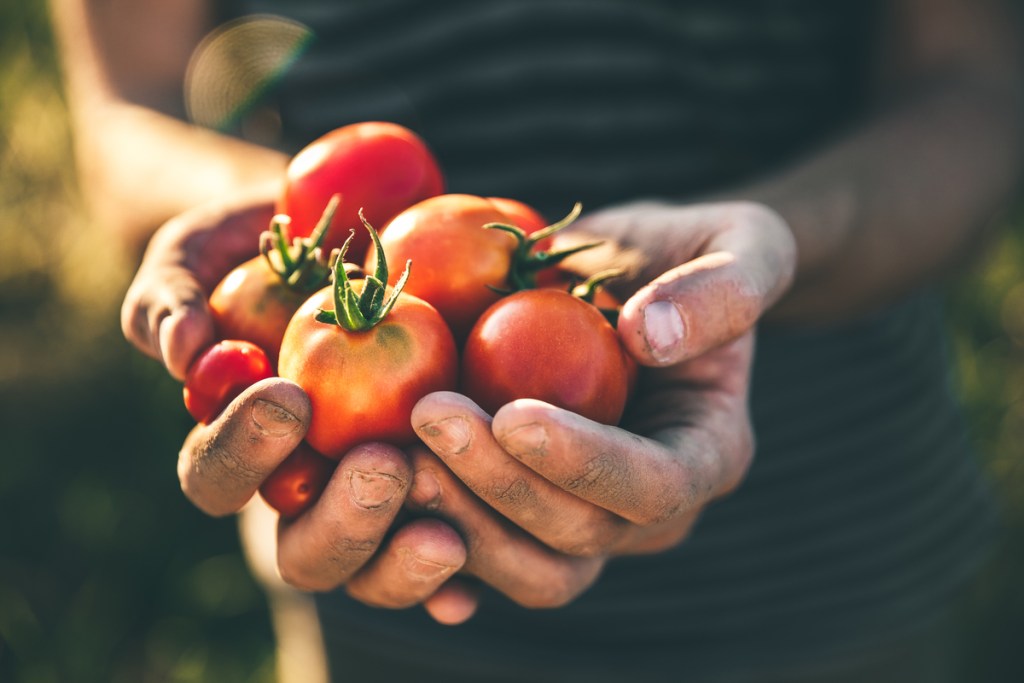
You can grow food in small gardens with smart and inexpensive strategies.
Even with limited garden space, we can still yield bountiful harvests. For Dolan, it’s not necessarily about spending more time or money to get the best results. In this video, he covers tried-and-true planting tips for beginners who want to grow food in small gardens. Below, we’ve gathered his main takeaways for small-garden planting.
- Growing high-yielding crops: For Dolan, it starts with selecting high-yielding and fast-growing crops, such as tomatoes, lettuce, and peppers.
- Growing plants vertically: Another tip that Dolan goes over is situating plants vertically with trellises, fences, and stakes. In addition to planting your food solely on the ground, use height to your advantage if you don’t have a lot of square footage to work with.
- Growing plants in containers: And, of course, there’s always container gardening with pots and grow bags. While Dolan explains growing in beds, he also covers container gardening, which is especially useful for apartment dwellers with limited patio or balcony space. It’s also an excellent gardening method if you only have a concrete surface for your garden. With container gardening, you’d have to water more often, but it’s a simple alternative to a raised bed.
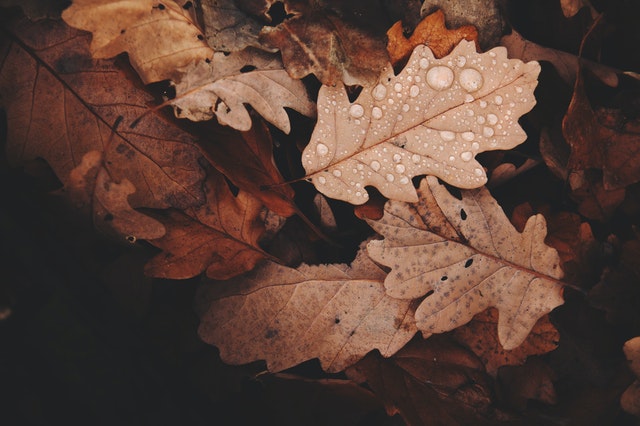
Use free autumn leaves and wood chips to mulch your garden.
Instead of chucking dead leaves into yard waste (and consequently paying to have them taken away), why not put them to use? In this One Yard Revolution video, Dolan highlights the advantages of mulching with leaves and wood chips. Long story short, organic mulch feeds the soil, provides nutrients for soil organisms (such as worms), helps retain water, and keeps your plants warm. You could compost your leaves, too, but allowing them to gradually break down is the easiest way to use them in your garden. Nutrients will release into the soil more slowly this way and help improve your soil structure so that it’s soft and easy to move around. You want to apply a few inches of leaf mulch right before you anticipate heavy snowfall so that your pile won’t, according to Dolan, blow away for the winter.
This particular video also goes over the ins and outs of wood chips, which Dolan sources from his city’s forestry department for free. Wood chips deter harmful pests (by attracting beetles that prey on slugs) and encourage the development of mycorrhizal fungi, which help plant roots uptake nutrients and endure stress.
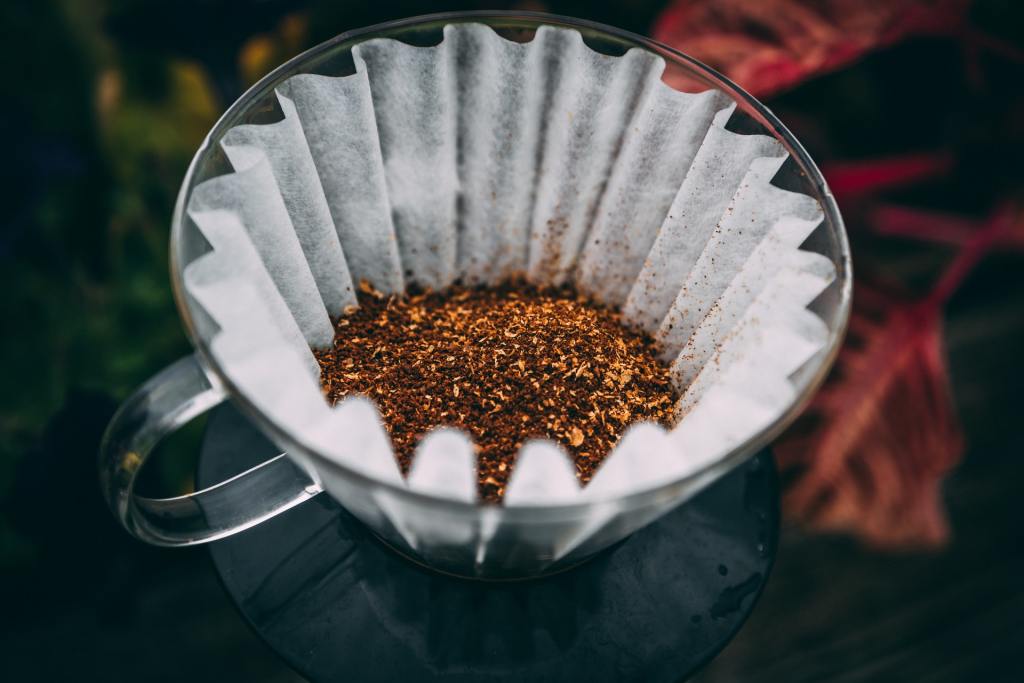
Use your coffee grounds as compost.
In this video, Dolan explains why coffee grounds are great for plants. Coffee grounds are excellent for fertilizing because they contain a lot of nitrogen; don’t worry about them being too acidic because the acid mostly goes into your brewed coffee. Coffee grounds release nitrogen slowly over time, but their traces of phosphorus and potassium are readily available for your plants to uptake right away. The most optimal way to use coffee grounds is to toss them into your compost pile — with moisture and oxygen, the grounds break down and become a plant-available form of nitrogen. Coffee grounds boost your soil structure, provide worms food, and ultimately increase organic matter in the soil.
These three videos only make up the tip of the iceberg when it comes to the wealth of information that Dolan has to offer. For straightforward and budget-friendly tips to create an organic garden, you won’t have to look any further than One Yard Revolution. From ways to keep your plants warm during the winter to tips on creating cheap compost, Dolan’s channel offers a bevy of videos on how to create a productive garden, no matter your budget or yard space.

